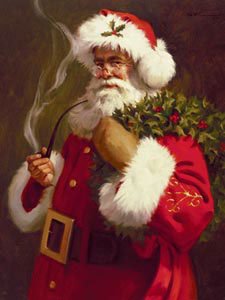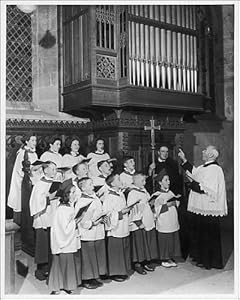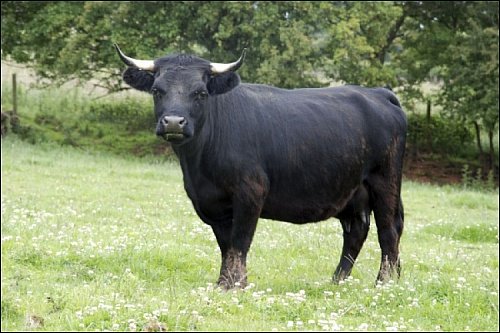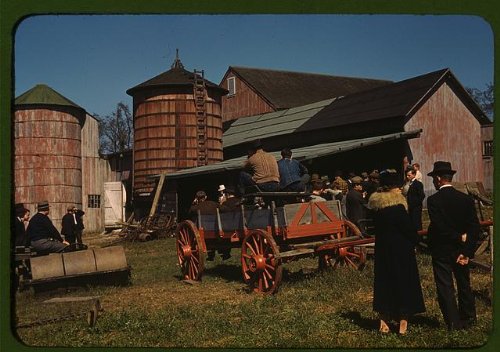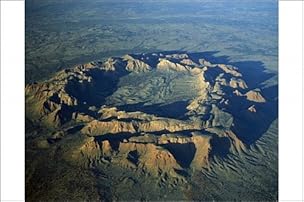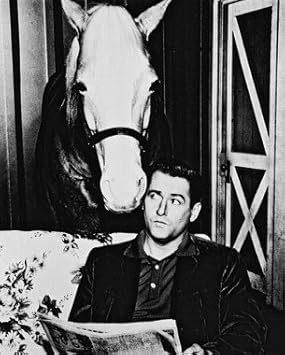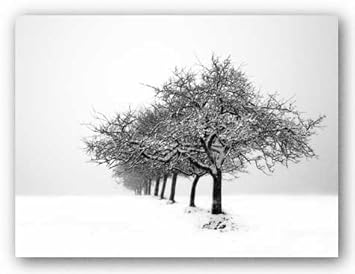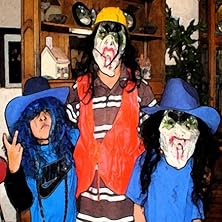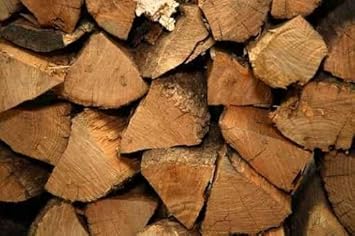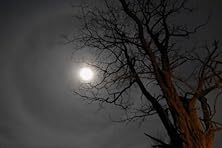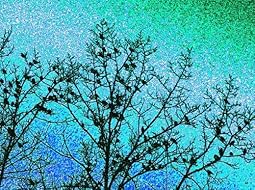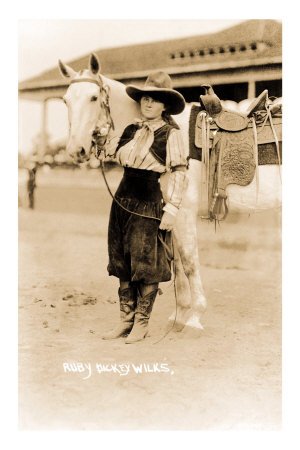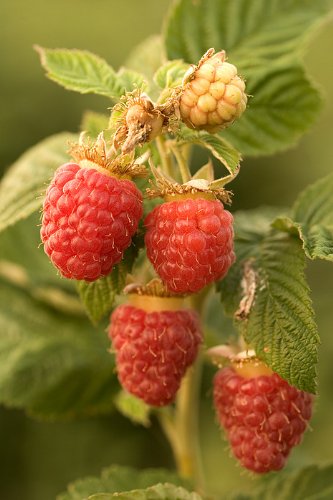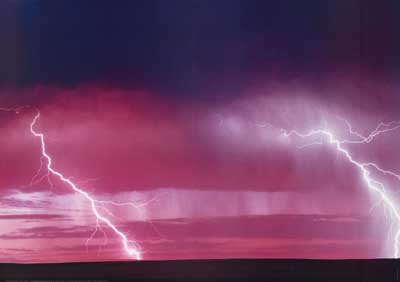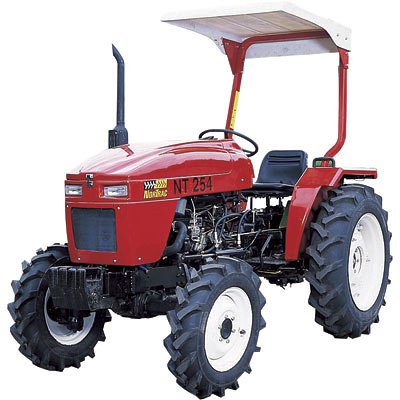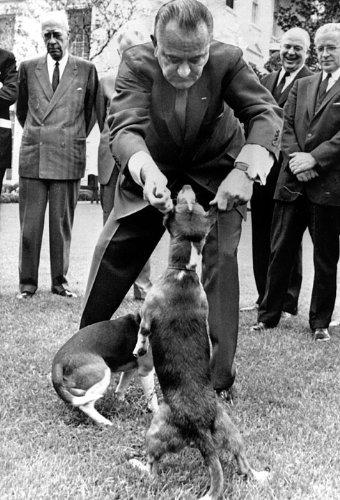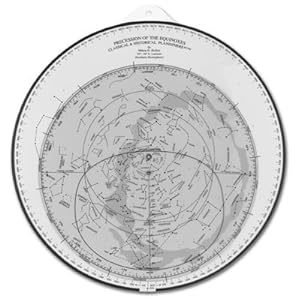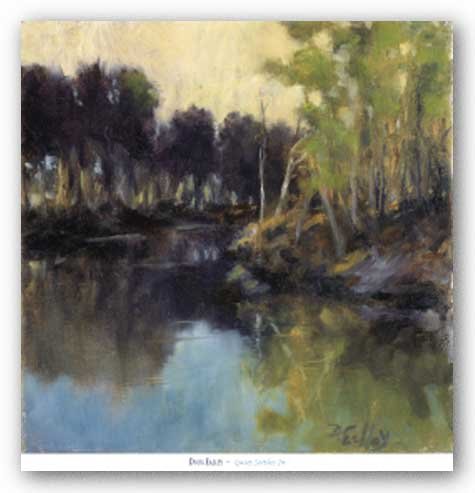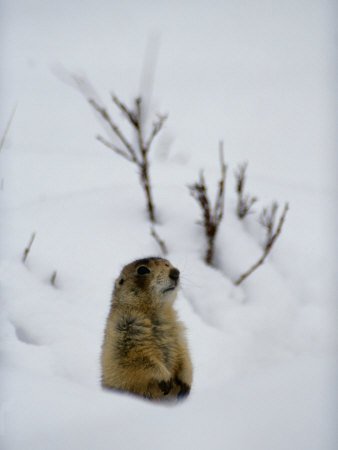 These are the longest nights. From now until mid-January the sun will set before most of us are done with the day's work. We'll be coming home in darkness and leaving the house again before dawn. Some folks never see their home in daylight this time of year except on weekends.
These are the longest nights. From now until mid-January the sun will set before most of us are done with the day's work. We'll be coming home in darkness and leaving the house again before dawn. Some folks never see their home in daylight this time of year except on weekends.This is a time of torpor, when many mammals take to their burrows for hibernation. Colder weather and shorter days signal biological changes in the Earth's creatures, including man. Holidays alone are not the reason we do more shopping, put on more weight and feel more tired than usual.
Each of us comes with a built-in biological clock that affects virtually every function of our bodies, including sleep. Blood pressure rises and falls, pulse quickens and slows, and glands secrete proteins according to daily -- or Circadian -- rhythms established by this inner timepiece.
Continued at... A Winter's Sleep.
by Michael Hofferber. Copyright © 1995. All rights reserved.
Rural Delivery
Second Nature
Out There
Artwork: Hibernation by Gun Legler
